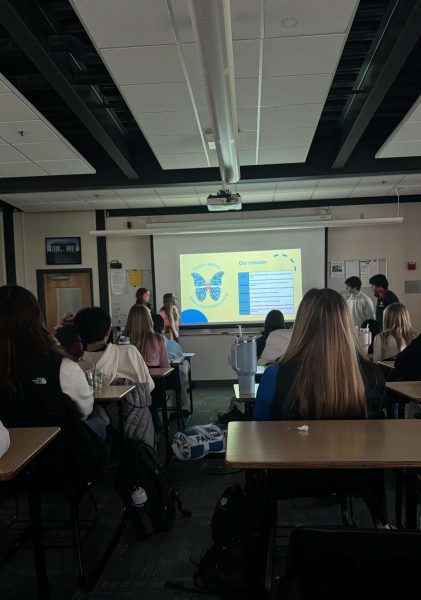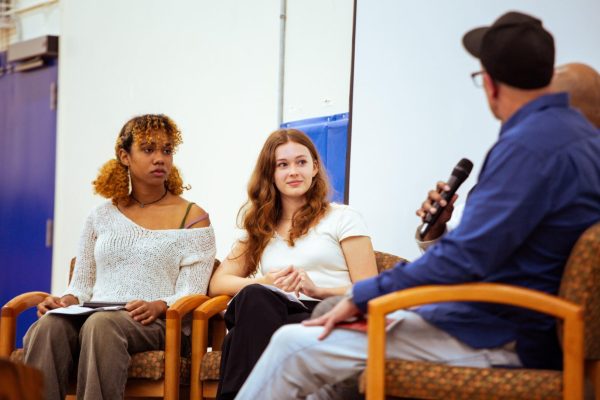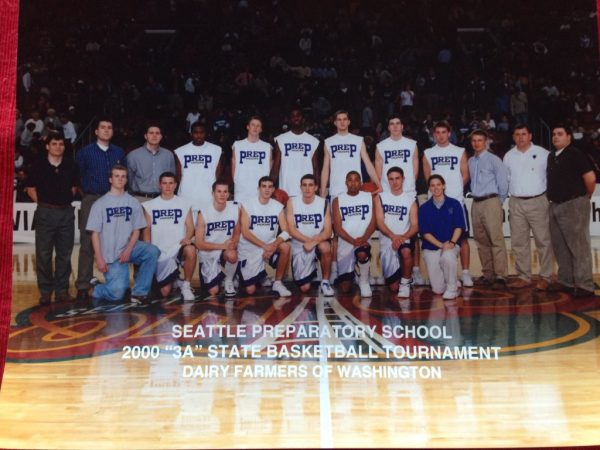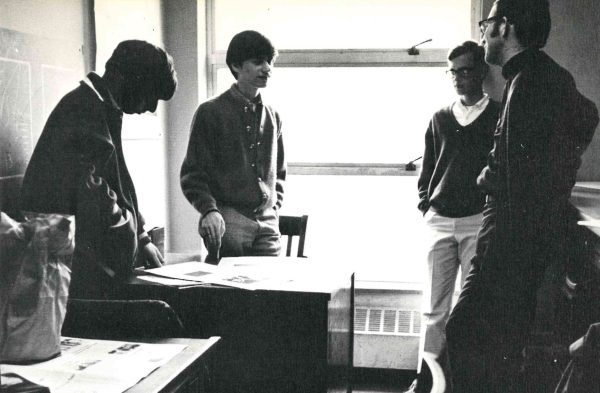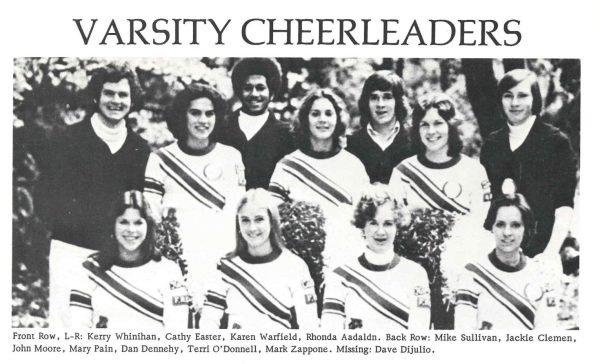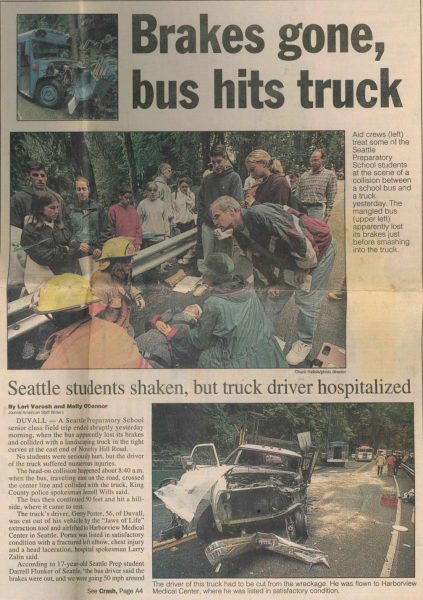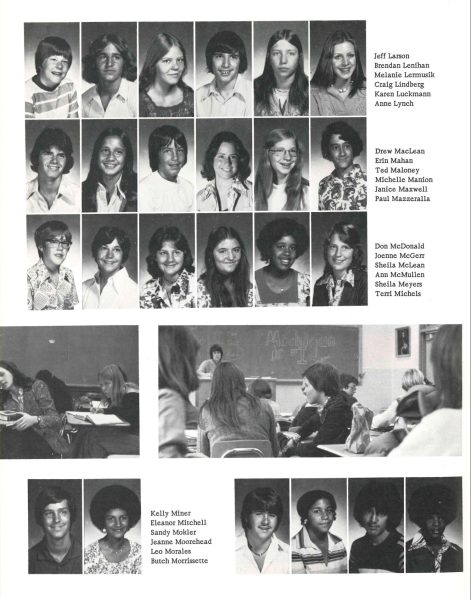Evolution of Costumes
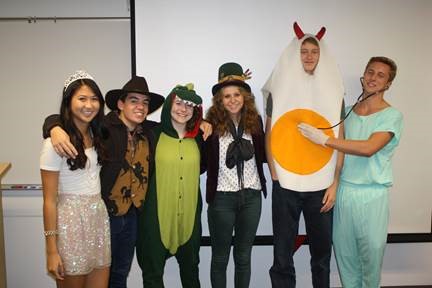
Prep students dress up for Halloween
October 31, 2014

ANNIKA BJORNSON ’18
A few nights ago, gremlins and ghosts alike roamed the abandoned alleys, searching through the mystical fog for sweets to bring joy in the gloomy dark. Or perhaps they stayed home in a witch’s hat, eating ice cream and watching Netflix. But either way, readers may be familiar with the classic costumes adults abandon their responsibilities to wear and party in; the rapper gangster, mobster, sexy nurse, and bearing witch. Has anyone wondered lately where the cute princesses, cowboys, and power rangers went?
Halloween has become increasingly devoted to adults. Many would say it is the one night that people can party without worries and leave the it behind in the costume. A National Retail Federation Report recently revealed that over $1.38 billion was spent on adult costumes this year, and $1.06 billion on children’s. According to the online costume super-store BrandsOnSale, 40% more adult costumes were sold this Halloween than kid’s.
As an individual may remember, back in the old days, Halloween was about innocent creativity. Before people realized there was a business around the holiday, adults helped their kids make carefully thought-out and original outfits while avoiding the dress-up themselves. Not anymore. Sexed-up icons of the latest hit Disney movie, Frozen, have already come out and spread all over the media. One might have noticed various Olaf’s and Elsa’s at the party this year, as well as sexy inanimate items. Slices of pizza and even bathtubs aren’t safe anymore. It’s so easy to capitalize on such trends – all a designer has to do is slap on a miniskirt and title it ‘Dirty Kids Happy Meal.’ The question is, how far is too far?
It’s not just girls who have transformed the norm for Halloween costumes. Guys tend to sport controversial outfits for shocked reactions come October 31st. Ebola health care workers’ containment suits went viral – no pun intended. This outbreak is a serious problem, but is it alright to make such a dispute into a humorous situation?
Many tend not to question the reasons and feelings associated with the costume. For example, some like to stereotype races and wear them out on the streets. Ohio University’s students started a campaign last year, saying, “We’re a culture, not a costume.” They worked to raise awareness about the effect offensive costumes have on people and the way others portray them.
It is interesting that people are using Halloween to express big and original ideas, but there is always something special about the simplicity of a child’s holiday.


